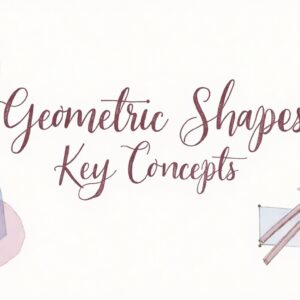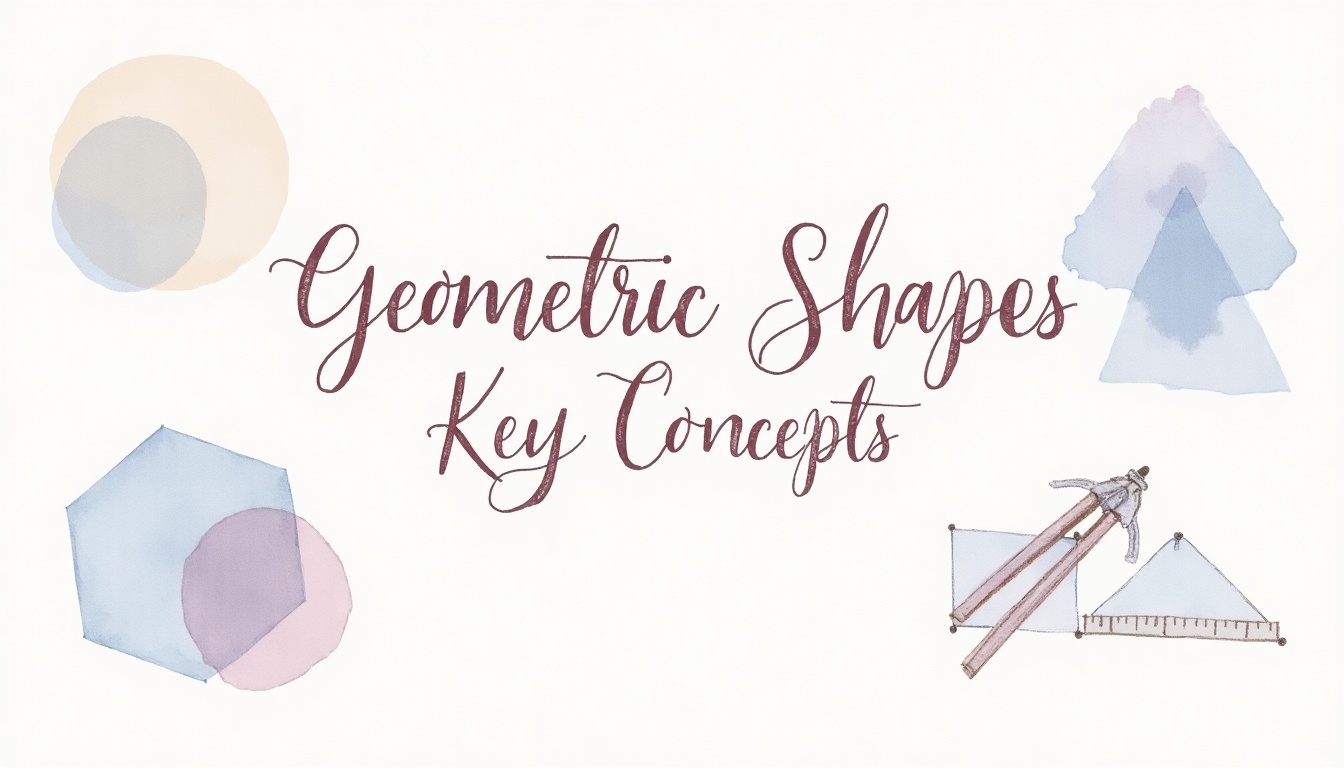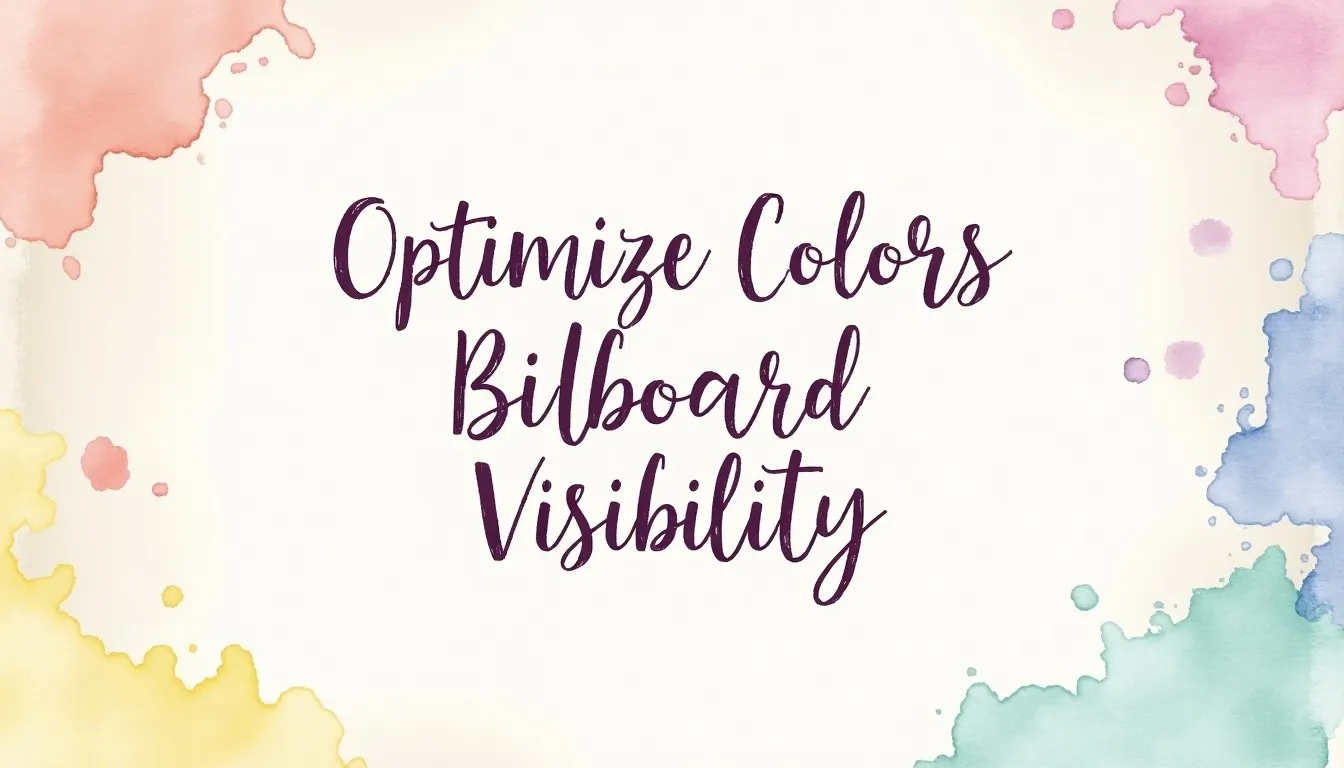There’s probably no field that hasn’t been touched and disrupted by artificial intelligence and its adjacent technologies.
According to Gartner, by 2021, 80% of emerging technologies will be based on AI.
Together with machine learning, natural language processing, deep learning, and neural networks, AI has the potential to transform and tremendously alter any industry, including graphic design.
Much like with other creative jobs such as writing, artificial intelligence will not replace human graphic designers, but serve them to enhance the quality of their work, speed up processes, and boost their productivity.
Let’s discuss the ways in which AI is changing graphic design and the impacts of this shift.
It Helps Designers Create Better Designs Faster
At the moment, we’re still a long way from so-called artificial general intelligence (AGI), a concept based on the idea that a machine can develop the capacity to understand and perform intellectual tasks, and use critical thinking – just like humans do.
One of the most powerful abilities of artificial intelligence is the speed with which it processes, analyzes, and interprets massive data sets, which in this case means producing alternative designs and suggesting design adjustments and improvements.
This makes a designer’s job much easier because they can create the most effective designs quickly and A/B test different versions.
For example, rapid prototyping tools save designers a lot of time by being able to move design ideas from the whiteboard to reality in no time. Airbnb, the US hospitality giant, not only uses AI to evaluate how trustworthy their guests are but also to test design concepts. The company’s AI-assisted design and development tool transforms hand-drawn design and elements into the working code.
Similarly, Uizard is an AI-powered platform that teaches machines to understand graphical user interface and renders mobile app sketches into clickable prototypes, while also automatically generating code. It reduces costs and time to market.
It Automates Repetitive and Low-Value Tasks
Although graphic designers get paid for being creative, a great portion of their workload consists of tedious, repetitive tasks, and legwork.
Sometimes designers have to create a number of different versions of the same design without repeating themselves. And that’s almost impossible to do manually. This is where AI comes in. Nutella, the famous hazelnut spread, leveraged an AI algorithm to generate 7 million unique jar designs. They were aligned with its brand identity for the Italian market. It would take a lot of time and resources to pull off such a huge effort manually.
Similarly, companies use AI to localize their content and create the same designs in different languages, so augmented intelligence systems help Netflix localize and personalize show banners. In other words, this powerful system decodes the original version and produces personalized and localized graphics in no time.
Not only can designers benefit from AI – people who want to build a fully functional website without knowing the first thing about web development and graphic design can now do it on their own.
Wix, a DIY website-building service powered by AI, allows anyone to create a website from scratch using a simple drag-and-drop functionality as well as a number of personalization features.
What’s particularly great about this platform is its ability to adapt the final result based on a number of parameters, that is, to customize a website taking into consideration its purpose. In other words, it’s possible to pick among different types of websites such as e-commerce, portfolio, blog, etc., and the platform will adjust different elements and customize the new website accordingly.
Companies frequently use images of people in their marketing visuals, and instead of using stock photos, they can simply generate realistic-looking faces of people who don’t exist in reality. A website called thispersondoesntexist uses AI’s capacity to analyze massive amounts of data and combines it with a new generative adversarial network (GAN), a neural network consisting of two sub-models – the generator model whose task is to generate new images and the discriminator model trained to distinguish whether the examples look fake or real.
That’s how the average viewer can’t tell the difference between a real or AI-generated face. There are similar tools for creating, for example, images of vacation homes that look plausible and close to reality.
It Improves User Experience
88% of people are less likely to visit a website again after bad user experience.
That’s why developers and designers try their best to make sure that a website they build is intuitive and user friendly. And since they need a lot of information from users themselves, AI can come in handy to analyze all the collected insights and feedback and suggest the ways to make particular website elements fit user requirements.
For example, eye-tracking technology paired with AI helps designers fix usability issues by collecting information on how website users navigate the website and which areas of a web page they’re focusing on and which ones they ignore.
Similarly, user experience can be tremendously improved if a website features an AI-powered chatbot. Not only can they help website visitors navigate a website and find answers to their product-related questions, but these AI assistants are now helping with a number of other tasks such as complaint handling, payments, onboarding, as well as collecting customer feedback.
As personalization is another important factor when it comes to user experience, AI and its analytics capabilities allow for tapping into a huge pool of user information and understanding the preferences of every individual user.
For example, from which device a particular user accesses the website, at what time of day or week they’re most likely to visit, or whether they will find a particular image or ad appealing and attractive.
All this can enhance and personalize user experience, thus making sure that a website meets visitors’ needs.
Artificial intelligence is still in its infancy, but it has already managed to revolutionize graphic design. However, it’s very unlikely that it will steal designers’ jobs. Instead of that, it will automate monotonous and repetitive tasks so that designers can focus on creative work.



























One Response